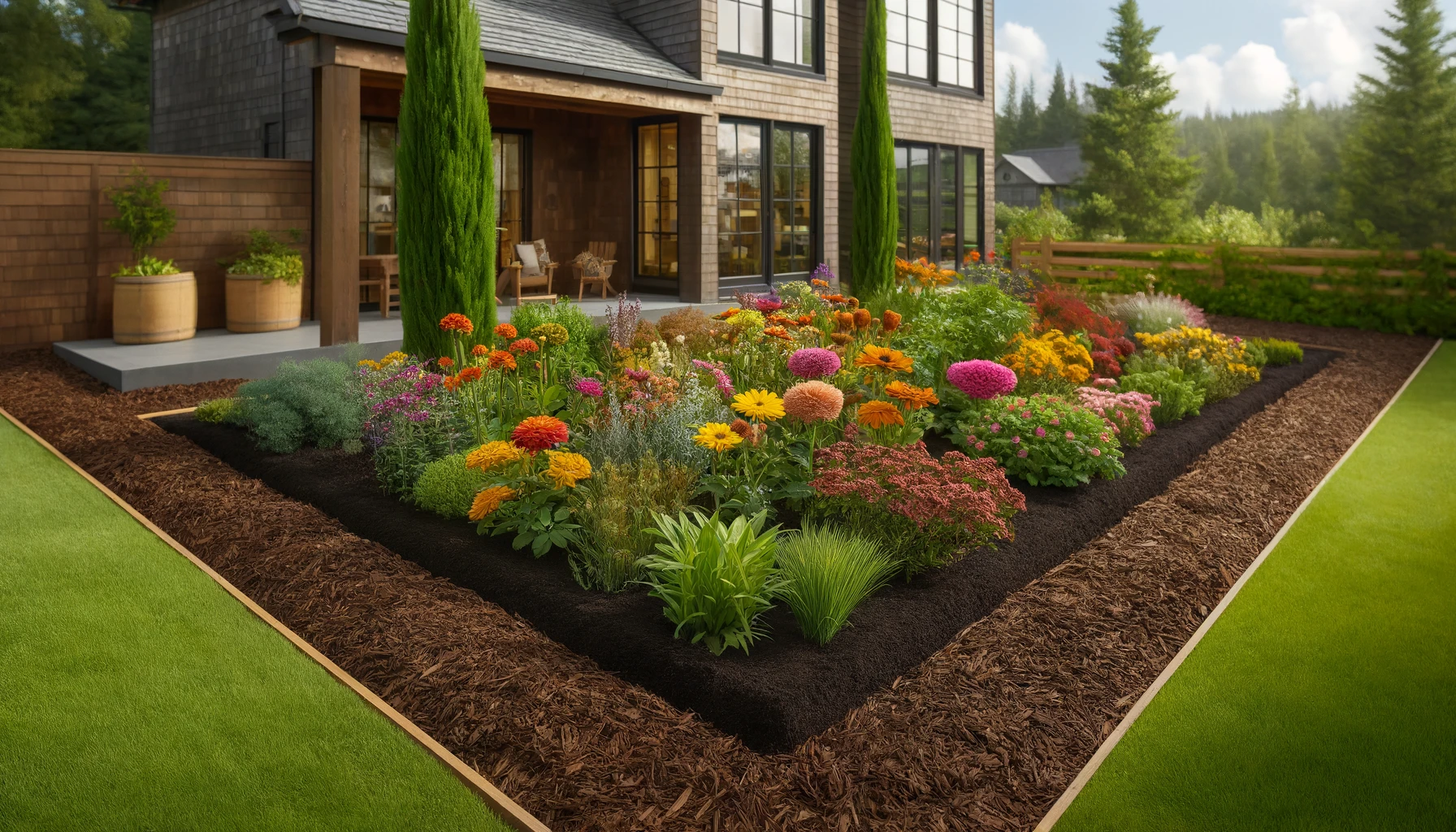
In the world of landscape construction, compost and mulch are like hidden gems, offering a multitude of benefits that go beyond mere aesthetics. Let’s explore why incorporating compost and mulch into your landscape design is a game-changer:
- Nutrient-Rich Soil: Compost is nature’s fertilizer, packed with essential nutrients that nourish plants and promote healthy growth. By enriching your soil with compost, you create a fertile environment where plants can thrive without the need for synthetic chemicals. This natural approach not only benefits your plants but also promotes soil health and biodiversity.
- Moisture Retention: Mulch acts as a protective blanket for your soil, helping to retain moisture and regulate temperature. By covering the soil surface with a layer of mulch, you reduce water evaporation, minimize soil erosion, and create a more stable microclimate for your plants. This moisture-retaining quality is especially beneficial in arid climates or during periods of drought, helping to conserve water and keep your landscape lush and vibrant.
- Weed Suppression: Say goodbye to pesky weeds with the help of mulch! By forming a barrier over the soil, mulch inhibits weed growth by blocking sunlight and preventing weed seeds from germinating. This natural weed suppression method reduces the need for chemical herbicides and manual weed removal, saving you time and effort in maintaining your landscape. Plus, as mulch breaks down over time, it adds organic matter to the soil, further enhancing its fertility and health.
At McCabe’s Landscape Construction, we believe in harnessing the power of nature to create sustainable and beautiful landscapes. Our team is dedicated to incorporating compost and mulch into our designs to maximize the benefits for our clients and the environment. Contact us today to learn more about how we can elevate your landscape with our eco-friendly practices and expert craftsmanship.
